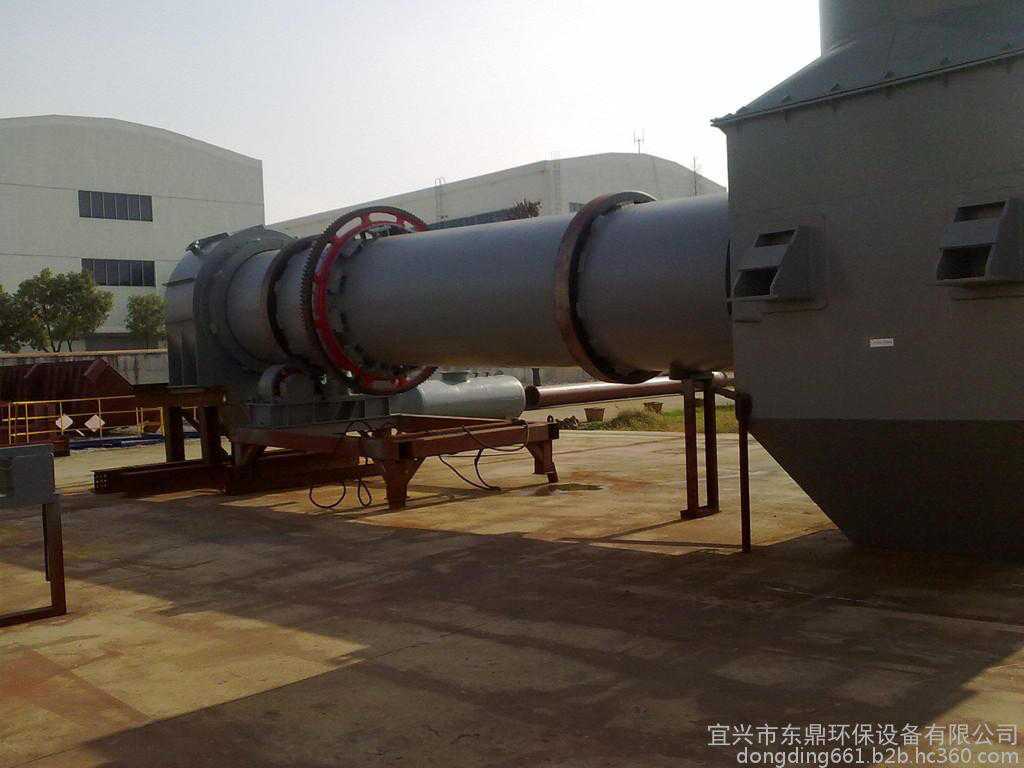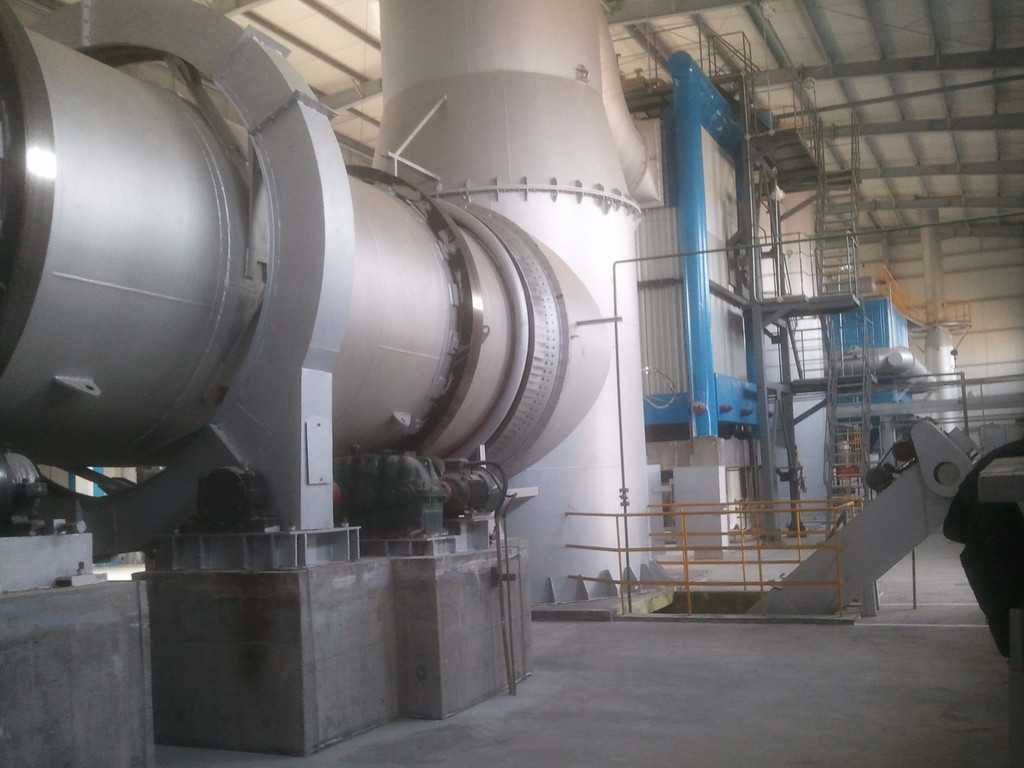Scientific understanding of rotary kiln incineration mechani
Rotary kiln incinerator incineration treatment is one of the garbage solutions, which can solve the harmfulness of waste and realize the reduction of hazardous waste. So everyone knows the incineration mechanism of this rotary kiln incinerator is it? In the process of incineration and disposal of hazardous waste, there are strict process treatments, and the temperature of incineration treatment is all prescribed!

The following small series will introduce you to the burning mechanism of rotary kiln incinerator. What is the relevant content?
Rotary kiln incinerator burning mechanism:
1) High temperature can show the standard of thermal cracking of waste molecular structure and conversion from chlorine to HCL. Together, it is also considered to reduce the conversion of CO and NOx, as the conversion of CO and NOx is also related to the ignition temperature. The equilibrium of the ignited response essentially determines how much oxygen is present in the soot after ignition, in order to limit the conversion of CO into, and must produce too much co2 throughout the process.
2) The fusion of H and Cl is a key parameter in the whole process of conversion of Cl2 to HCl. It is remarkable that when H is not enough, the balance cannot be exercised in the direction in which Cl2 dissolves. Under such conditions, the H necessary for the dissolution of Cl2 must be obtained from other sources, such as water.

3) In the ignition of industrial production waste, the conversion of nitrogen oxides NOx into two sources: one from the air oxidation of the N2 molecular structure in the ignition gas; the other source is the organic chemistry contained in the waste. nitrogen. In fact, the amount of nitrogen oxides NOx caused by air oxidation of N2 in the gas is not large, and it does not cause the value of the pollutant discharge index outside the current standard environmental standards. The key cause of nitrogen oxides NOx is the waste. Organic chemical nitrogen.
The hazardous waste incineration treatment should be carried out in a stable incineration temperature to ensure that the temperature is 900 degrees. In the whole process of incineration, effective gas path is required, and hazardous waste is sufficient for incineration. The industrial waste gas generated during the period shall be sucked and converted to prevent pollution during the whole process of incineration. The hazardous waste treatment must have the relevant qualification certificate. If it is not the qualification certificate, it will be punished by the Environmental Protection Agency and the general will carry out criminal punishment.
Dangerous waste disposal is important for all ecological environment protection. If the company causes dangerous waste, it should be selected by the hazardous waste treatment company. The hazardous waste treatment is divided into two stages: pretreatment and treatment. The pretreatment is the treatment method before the personal behavior of hazardous waste treatment, including physics, chemical method, dry solidification and anti-aging; the treatment includes incineration treatment and non-incineration treatment. Treatment, safe landfill disposal, etc. The incineration treatment technology is to put hazardous waste into the incinerator, and to fully oxidize and reduce the reaction, dissolve or dissolve the hazardous waste under the conditions of high temperature and sufficient oxygen content. After incineration treatment, the incineration treatment technology is a solution technology that is resourceful, harmless, and comprehensively utilized. It has been widely used in specific engineering projects in recent years.

Dangerous waste is carried out in the whole process of incineration treatment, and many related kinetic energy, quality, high efficiency and other main heating parameters are common, so as to be uniformly defined and defined, each of which is harmful to reduction ratio, thermal burning rate, ignition efficiency, and dust. The main parameters such as the pollutant concentration value index value are introduced in detail.
Reduction ratio, after incineration treatment, the quality of hazardous waste and sludge and the percentage of total chemical production of the original capital invested in the incinerator; thermal burning rate, according to national industry standards, the main parameter is defined as sediment at 600 °C ± At 25 °C, the quality of the incineration after 3 hours of incineration treatment accounts for the percentage of the original incineration treatment; the high efficiency of ignition and the high efficiency of ignition refer to the concentration of CO in the smoke and dust in the whole process of incineration. The main parameters associated with the comparison; the value of the pollutant concentration value of the dust and harmful substances, after the incineration treatment, a lot of soot is discharged to the incineration treatment room, in which the key components are CO2, H2O and NOx. Although the hazardous component is only a small part of it, its adverse effects will be extremely great, so it must be tested, analyzed and manipulated, and cleaned in the purification equipment.
The above is the introduction of Xiaobian's mechanism for incineration of rotary kiln incinerators. Have you learned more? If you still have something you don't understand, please feel free to call us, Xiaobian will be available to answer your questions!
